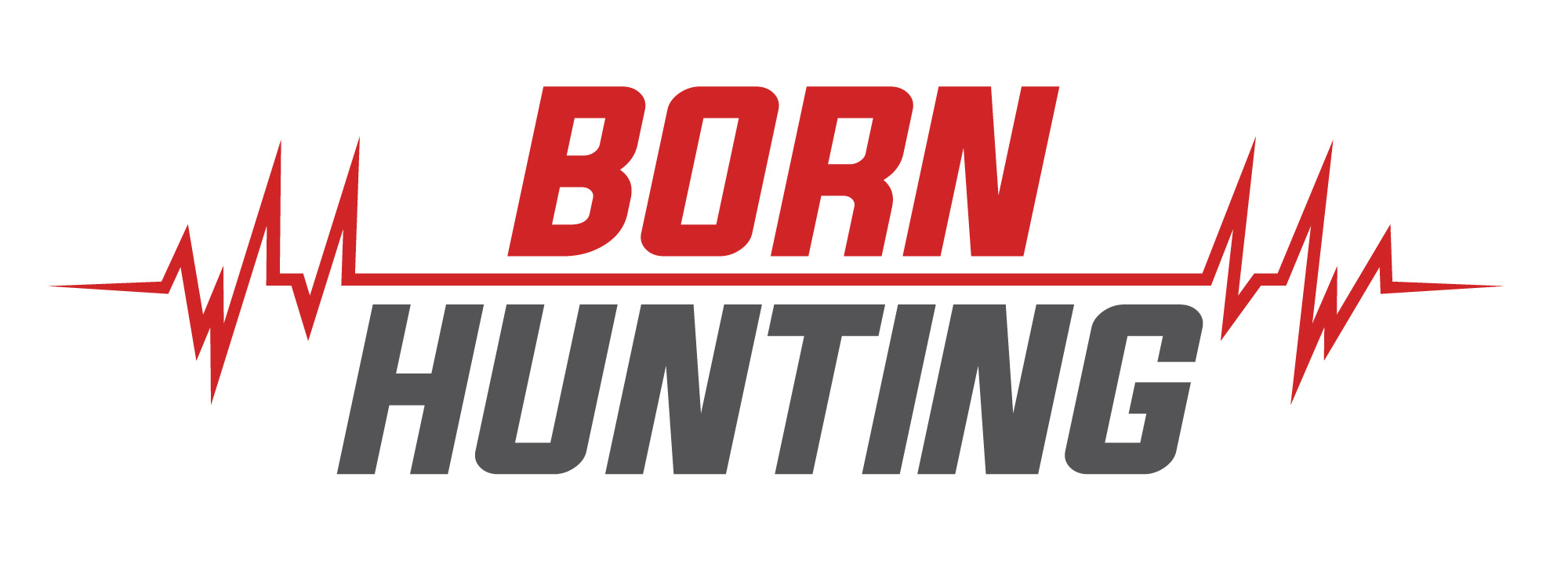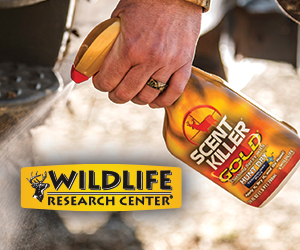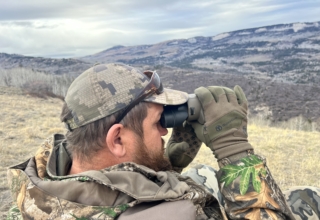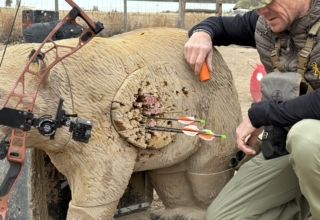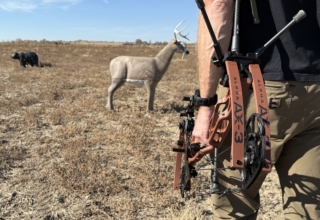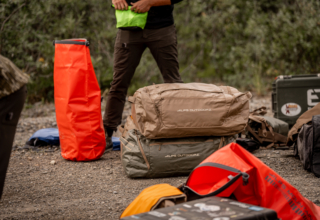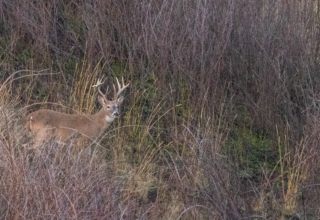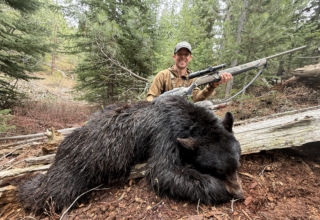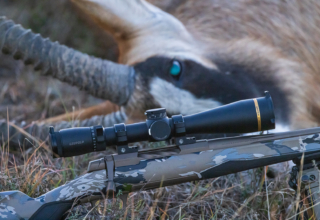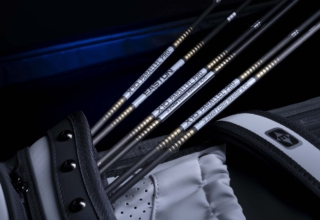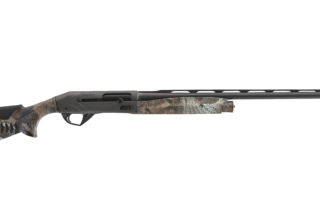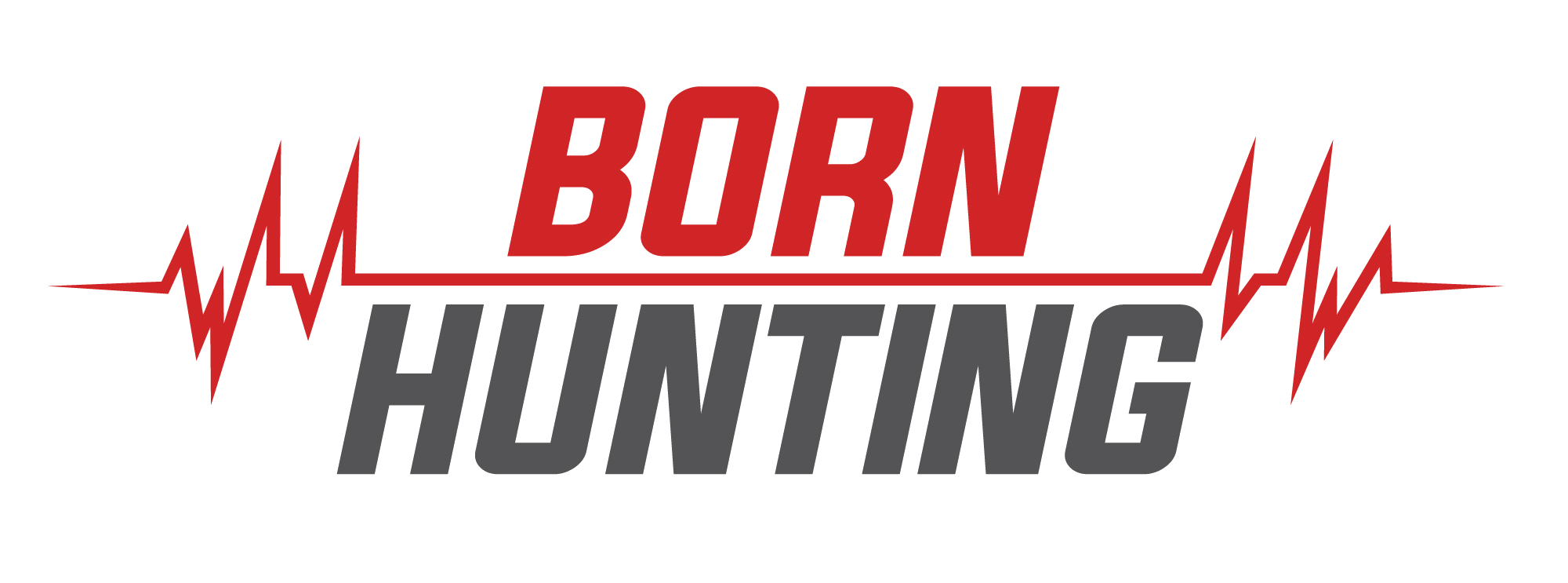If you plan to skewer a pronghorn at a water source, you must develop a solid water plan and be ready to execute it.
by Jace Bauserman
A hands-on scouting foray for pronghorn isn’t always feasible. The good news: Finding prospective pronghorn water sources where speed goats are likely to drink is possible via paper and online mapping systems.
This may be a bit old school, but I recommend grabbing a paper map of your hunt area as well. Visit the map’s legend and take note of the symbols that mark water sources like stock tanks, ponds, windmills, and springs. Next, scour your paper map and look for areas with limited water sources. The more restricted the water, the more concentrated pronghorn activity will be in that area. If ponds and tanks are present around every yucca, move to another location.
Once you’ve marked a few water sources, jump on HuntStand and get an aerial view. What are you looking for? Check the ponds and springs first. Why? Pronghorn are nervous creatures, and their anxiety seems to spike when coming to drink. Pond and spring water allow goats to slurp while keeping their eyes up and peeled for approaching danger. Stock tanks often aren’t full to the brim and require drinking pronghorn to lower their head into the tank, causing them to lose their nearly 300-degree vision.
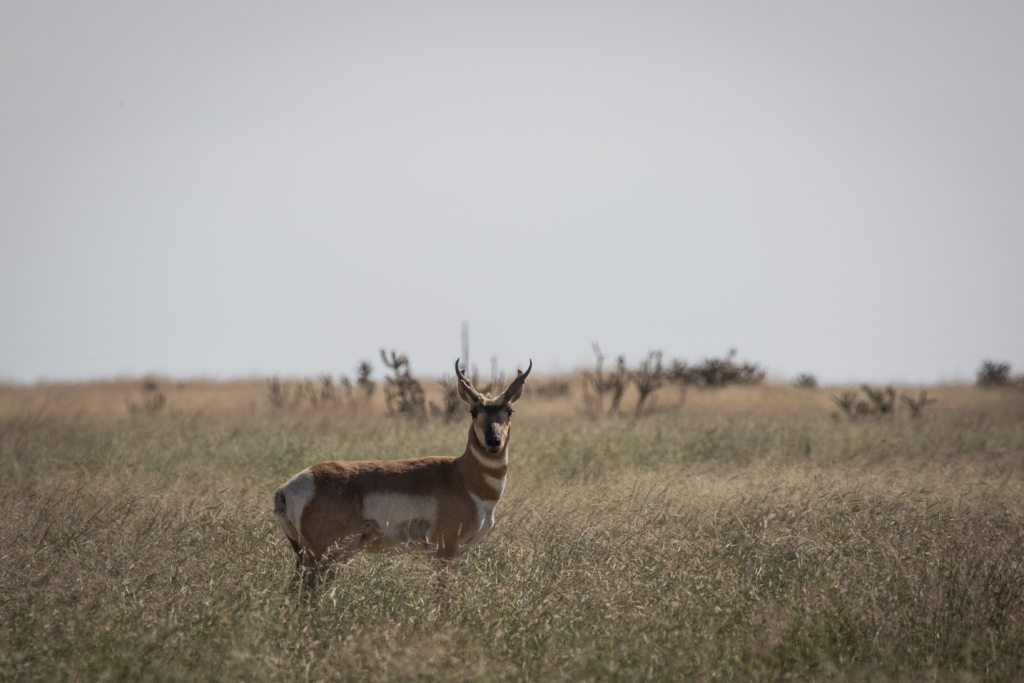
When looking at ponds and springs, use HuntStand’s Line tool to measure the length and width of each water source. This will help you determine their size and let you know if the spot is conducive to a bow shot. This is not an exact science. Rainfall can’t be predicted. I’ve seen ponds that look massive on an aerial image, but are small puddles. On the flip side, I’ve seen small ponds bubbling water over the dyke. With that noted, I still recommend going the measurement route as it will give you a jumping-off point.
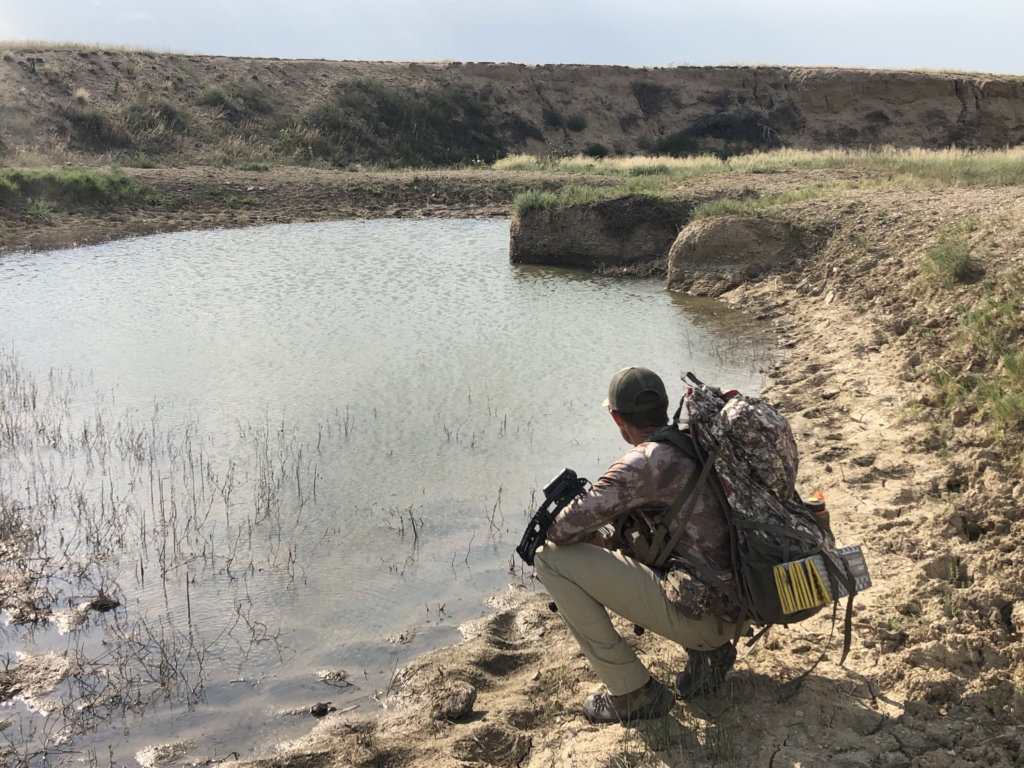
Stock tanks can be red-hot pronghorn water areas as well, especially if ponds and springs are limited. The key to finding the right stock tank is locating one in a flat, open area. While zoomed in on a tank, click the Terrain overlay option. This mode provides a topo-like view, but also shows rises and falls in the terrain. The Topo feature also works well, and you can see precisely how flat an area is.
It works like a charm. Stay away from water sources, both ponds and tanks, in steep, broken country. Avoid those located in winding canyons or areas that require pronghorn to walk down into them. These water sources thwart pronghorn vision.
In addition to looking at topography lines, take note of cattle trails coming and going to and from the tank. If trails are present in a 360-degree circle coming to the tank, you’re onto something. Thirsty goats use these same trails. Plus, wandering goats like to be able to approach a water source from any direction and be able to scan the surrounding landscape on their approach.
Other pronghorn waterhole hotspots include windmill tanks with overflow ponds, as well as stock tanks that have a broken bilge and are spilling over. Both areas, due to water flowing on the ground, abound with green vegetation and allow goats to drink with their eyes up. Zoom in on tanks and windmill ponds. You might be surprised by what you find.
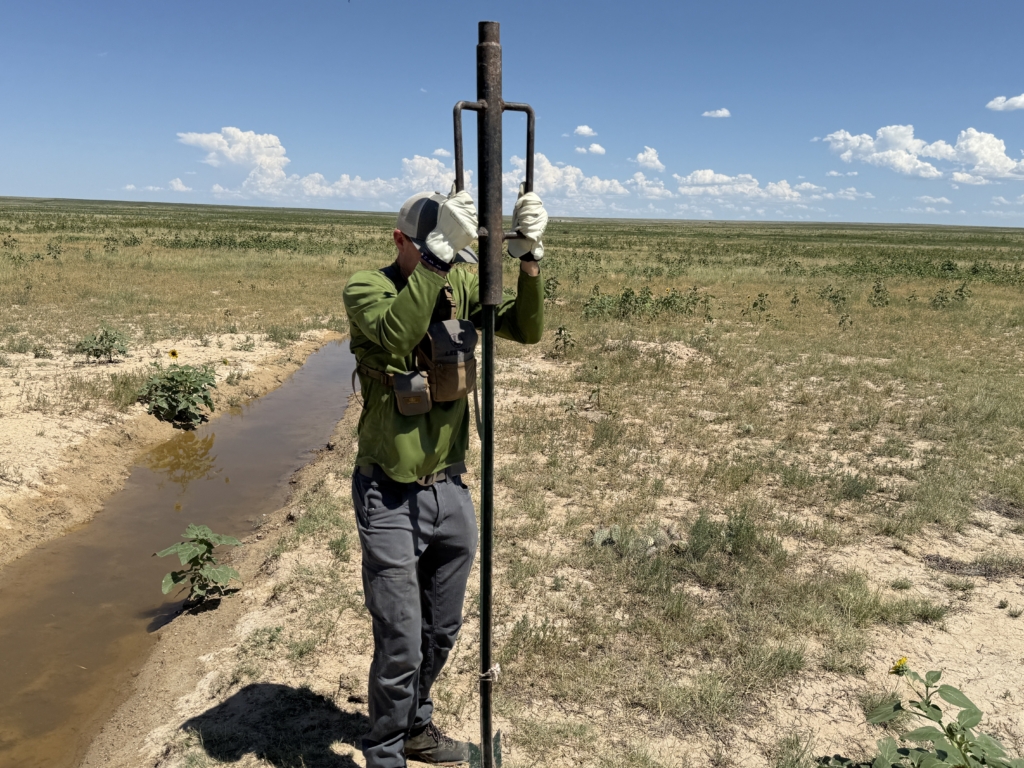
Quick Tips
- Don’t worry about two-track roads. Almost every water source will have a road leading to it. You will use these roads when you arrive for your hunt.
- Use the Line tool to measure the distance between two water sources.
- Be sure to mark each water source you plan to inspect upon your arrival.
Now you won’t be going into an area blind. You have a plan and possible pronghorn water sources to check. Now it’s time to know what to do when you arrive a few days early for your August/September archery pronghorn hunt to narrow down which water source you need to be at.
Don’t get tunnel vision. I used to do this … a lot. I’d jump on the two-track heading to one of my pre-chosen water sources and bury my foot in the gas. This is a mistake. Take your time. You can learn a lot about your water source before you even get there.
Stop often and glass. Have your binos on your chest and a good spotting scope ready on a window mount. If you take the time to look, you’ll likely see live goats while driving to your water source. This is a great sign and will fill you with confidence. When glassing, keep the time of day in mind. If it’s a scorcher and the sun is high overhead, know that most goats will be bedded. Be sure to take your time and pick the country apart.
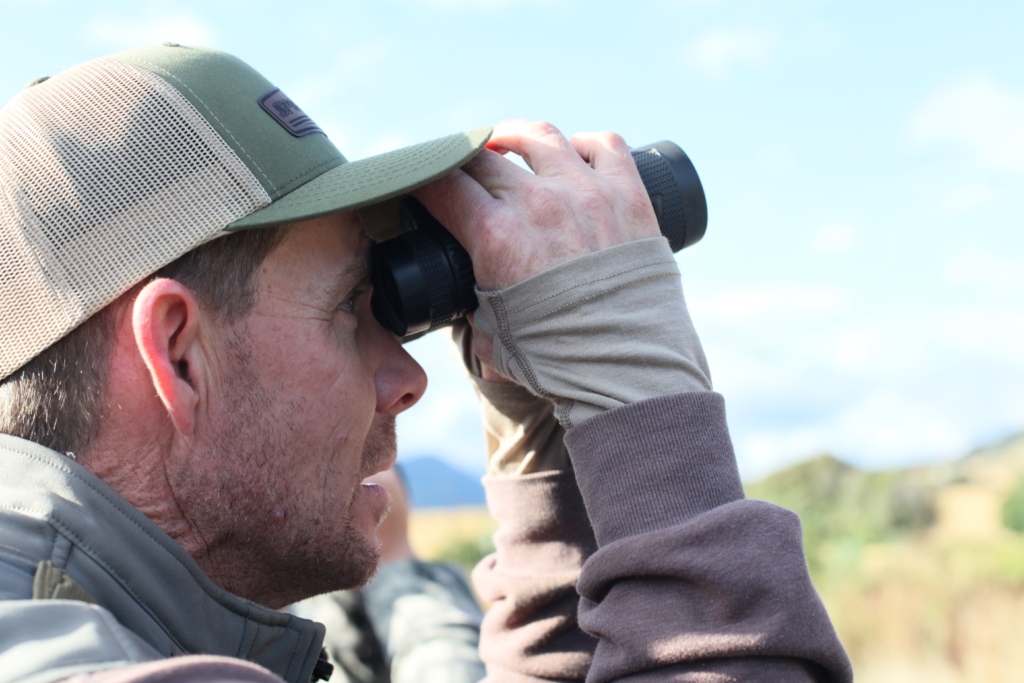
Watch the road! No, not for other vehicles but for tracks and scrapes. Yes, pronghorn scrape much like a whitetail. The significant difference is that pronghorns will urinate and defecate in their scrapes. If the two-track you’re driving on has fresh scrapes, you know bucks are in the area and are likely using the water source you’re heading to.
Stop and glass your tank or pond the second you can see it. Driving up on a watering goat isn’t a big deal — ranchers do it all the time. Still, stopping and glassing water gives you the chance of actually catching a goat in the act of slurping.
If you’re hunting a pond, spring, overflow, and the like, mud will be present, and tracks will be easy to identify. Obviously, the more tracks the better. Stock tanks are a different story. Often, the dirt around tanks is concrete-hard, making tracks virtually impossible to identify. Take a quick walk around the tank and then start looking at the cattle trails leading away from the tank. These trails are soft, and if goats are using the tank, they will have tracks and sometimes scrapes.
Quick Tips:
- Check state game and fish regulations and hang a trail camera if possible. Set the camera to time-lapse or video mode. These settings allow the camera a wide-angle view and will enable you to see the entire water source. I carry a post-hole driver and posts in my truck. Whether I arrive a few days early to scout or arrive with the season in full swing, I put a few cameras up over water. There is nothing better than having up-to-the-minute MRI (Most Recent Information) information.
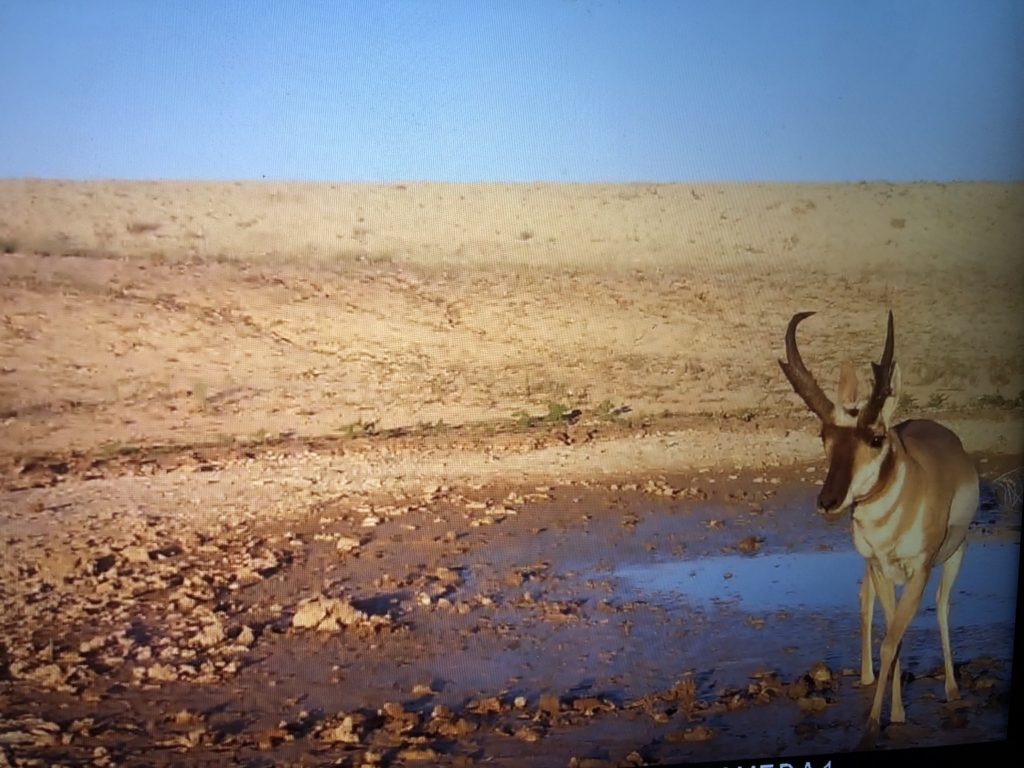
- Two-track roads can be challenging for your truck. Use an ATV or other off-road vehicle to buzz around the prairie. Not only does this reduce wear and tear on your truck, but it also speeds up the process of checking water sources. Be sure to check state regulations for necessary vehicle tags and the like.
- Close gates! Even though the land is public, it’s your responsibility to shut the gates. Gates are shut for a reason, and leaving one open often allows cattle to escape the pasture.
- If you arrive early enough and feel like you have a red-hot water source, back off the source, set up your spotter, and spend time watching the tank and the surrounding pasture.
You’re one step closer to settling that pin on an orangish/white side. In Part II, we dive into the critical step of placing your ground blind.
